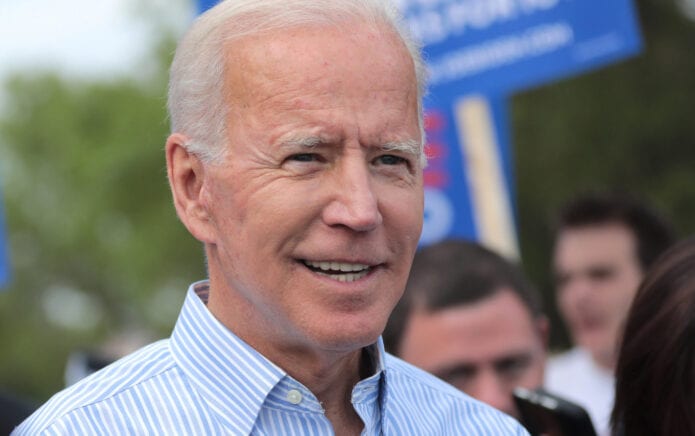


Border Patrol has yet to release that number for August, but the Washington Post reported last week that it was more than 91,000, an all-time record.įamilies have accounted for a large portion of the overall increase in crossings since May, when administration officials thought that Biden’s new limits on asylum had finally made a dent in border-crossing numbers. In July, however, Border Patrol encountered more than 60,000 families crossing the border - making up almost half the number of those who crossed the southern border that month. If implemented, the plan would mark the latest expansion of a Biden administration program known as Family Expedited Removal Management, which imposes curfews and GPS monitoring on migrant families traveling to large cities, including Los Angeles, San Francisco and Washington.Īdministration officials had hoped that the FERM program, together with videos and news releases highlighting families being deported, would help deter additional families from entering the U.S. Greg Abbott, a Republican, has bused thousands of migrants out of his state to Democrat-run cities such as Los Angeles, New York and Washington, D.C. Supporters of the remain-in-Texas idea, which has yet to be finalized, hope that it would help the administration advance its goals of quickly deporting families who fail initial asylum screenings and deterring other families from crossing in the first place.īut the proposal, which recalls President Reagan’s efforts to limit asylum seekers’ movements in the late 1980s, is likely to draw fierce opposition from immigrant rights groups and border-state officials. officials told The Times.Īdministration officials have been considering the idea as a way to stem recent increases in the numbers of migrant families crossing the southern border, which reportedly reached an all-time high last month. The Biden administration is considering forcing some migrant families who enter the country without authorization to remain near the border in Texas while awaiting asylum screening, effectively limiting their ability to travel within the United States, three U.S.


 0 kommentar(er)
0 kommentar(er)
